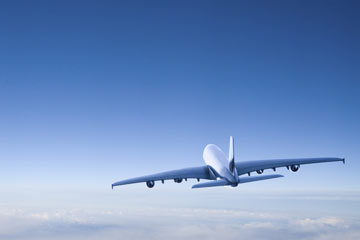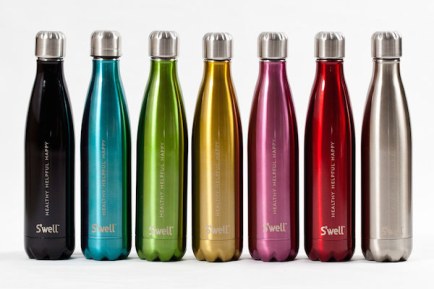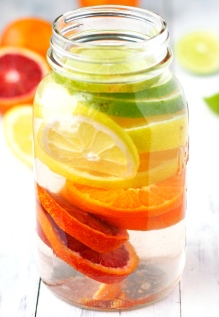
Finally having arrived in Interlaken, Switzerland on a very cloudless and sunny Thursday morning, my three travel companions and I checked into our small AirBnb, then went out to do some exploring. Our home for the next few days was comfortably nestled in the rolling hills of a village called Därstetten. This village was so small that the cows easily outnumbered the humans, and trains only went through every hour. Our house was this sweet, little country home, with the architecture and design staying true to traditional Swiss style homes. It had dark wood paneling on the outside, and carved wooden shutters painted green. There were vibrant red and yellow tulips surrounding the front, as well as a couple of free-range chickens wandering the campus, and we all fell in love with the area almost instantly.
Now I could go on an on about the home and our immediate surroundings, but I’ve actually got a very interesting story to tell you, so I’d better get started:

Saturday morning, we woke up bright and early to do some more exploring. We ended up deciding to rent a couple of mountain bikes in Interlaken to ride around Lake Brienz. This is where the story really takes shape. I have not touched a bike since probably my freshman year of high school, but some part of me chose to ignore that fact and take on a 40+ kilometer trip in jeans and a sweater. It was nearly 65 degrees Celsius, and I had one bottle of water. Well, I figured I could use the exercise, plus I would be able to see the lake from all sorts of angles! During the first half hour of the trip, I was doing great. We were riding on flat, paved road, and I was really enjoying myself. Then the hills started.

I don’t know what we were expecting, seeing as we were in one of the world’s most hilly/mountainous regions. We all turned a corner and saw the road go up. And up. And up. At first, I tried toughing it out, so I switched my gears and went into the first ascent at full speed. Soon enough, I lost my momentum, and found myself pedaling just to keep my bike from falling backwards. At this point, my thighs and calves were feeling a healthy sting, so I kept going until I reached the next turn which seemed to plateau off.
But what was waiting for us when we turned that corner? You guessed it- another hill! I took a breath, gathered myself, and started to tackle this one. We all got about halfway up before we hopped off our bikes and walked them to the next corner. This is how we took on every other hill. After seeing some beautiful waterfalls, falling a couple times, and a lunch break, we finally got to the opposite end of the lake. This next half of the trip was supposed to closely follow the water line, and we all joked that we would get there and see nothing but upwards roads. We would literally be going uphill both ways. That joke quickly turned into a sad reality.

There was a stint about a kilometer long that went all the way down to the lake and then it flattened out along the turn. Coming out of that turn, we, I kid you not, saw Another. Freaking. Hill. By this point, I’m already sweating bullets (the hot sun did not make any of this easier), and my legs were on fire. However, against my better judgment, I trekked up the hill. We were just over halfway home, and I was not about to be a quitter. There was one more relatively flat part, when we were going through a small town, but then the uphill battle quickly continued. We did actually go all around the lake- uphill both ways. What a story.
Towards the end, all of our bodies were feeling the toll of 40+ kilometers in our legs, backs, and souls. By the time we returned the bikes, one of us had a faulty ankle, one of us had a crazy-intense sunburn, and the other two of us had enough muscle cramps to last an army a lifetime. Plus, due to the questionable lack of padding on the bike seats, none of us could walk normally. We all hobbled and waddled into our beds that night. We were physically and mentally drained, so after cooking dinner at six that night, we fell asleep quicker than you could say “spaghetti bolognese and frozen vegetable mix” (our dinner).
The moral of this unfortunate story, even though I really did have fun and I’m thankful that I had the experience, is to NOT ride a bike for four and a half hours if you haven’t exercised those muscles in over six years, do NOT overestimate your physical or mental preparedness, and ALWAYS bring two to three bottles of water! Until my next misadventure, this is Sam signing off!






















